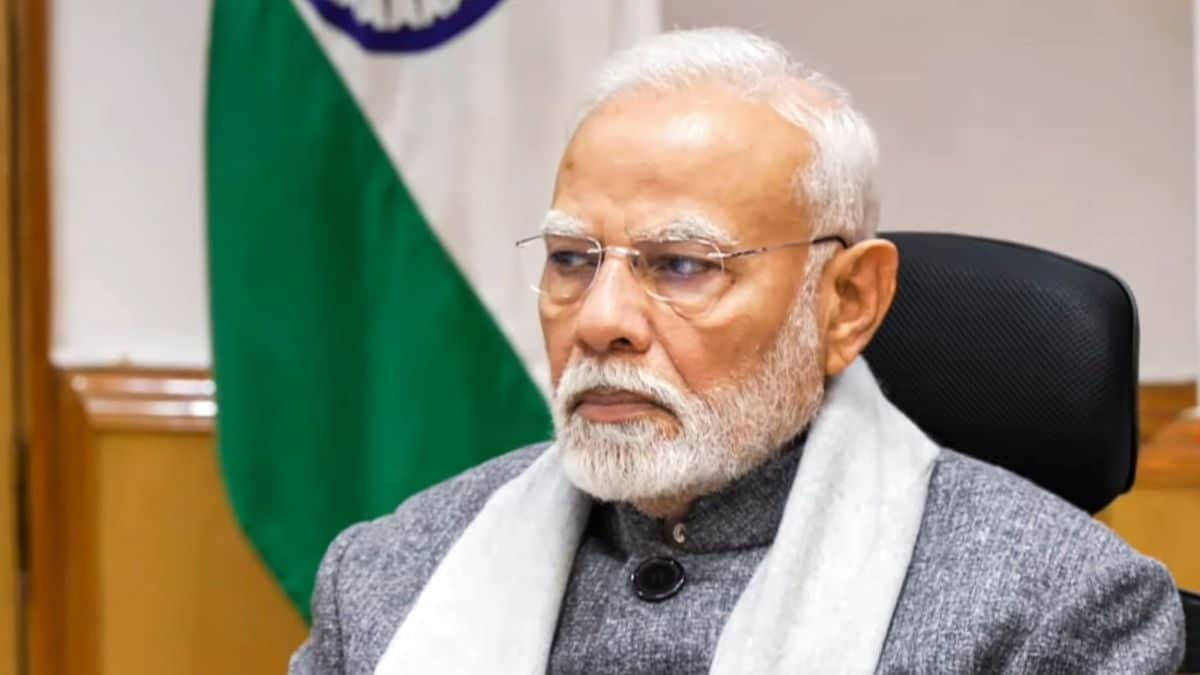From Paralysis to Progress: Modi’s Impact on India

In 2014, India faced a significant challenge. The country was often described as being in a state of “policy paralysis.” This term reflected a sense of stagnation and missed opportunities, as previous governments struggled to make decisive actions. However, the arrival of Prime Minister Narendra Modi marked a turning point. Modi promised a fresh approach, one that would break away from the inertia that had gripped the nation. Over the years, his administration has made strides in various sectors, injecting new life into the economy and governance. This article explores the transformation that has taken place since Modi took office, highlighting key changes and ongoing challenges.
A New Sense of Urgency
The atmosphere in India shifted dramatically with Modi’s arrival. The term “policy paralysis” became a rallying cry for the new administration, which aimed to contrast its proactive approach with the previous government’s indecision. The Modi government emphasized a commitment to reform, perform, and transform the nation. This was not just rhetoric; it was backed by tangible actions.
Before 2014, the Indian economy was plagued by uncertainty. A report from The Carnegie Endowment highlighted that policy uncertainty had reached alarming levels, contributing to India’s worst growth performance in a quarter-century. However, the Modi administration quickly set about reversing this trend. One of the most notable examples of this turnaround is the explosion of the startup ecosystem. In 2014, India had only 300 to 400 recognized startups. By 2022, this number had surged to an astonishing 70,000. This growth illustrates the government’s commitment to fostering innovation and entrepreneurship.
Moreover, the Modi government focused on efficiency and fiscal responsibility. Small yet impactful decisions, such as addressing unfair subsidies in government canteens, showcased a newfound attention to detail. These actions, while seemingly minor, signaled a broader commitment to improving governance. The administration’s intolerance for inefficiency set a new tone, emphasizing the importance of accountability and swift action.
Policy Overhaul: Injecting Life into Key Sectors
The Modi government did not merely promise change; it implemented significant policy interventions across various sectors. In public health, for instance, the establishment of the National Health Mission (NHM) gained momentum, aiming to strengthen healthcare services. While the effectiveness of some initiatives, like Ayushman Bharat, has been debated, they represented a substantial effort to improve healthcare access for vulnerable populations.
Economically, the shift was profound. The previous era was marked by stalled projects and a slowdown in investment due to increased policy uncertainty. The Modi-led government actively promoted initiatives to boost domestic manufacturing and attract foreign investment. India’s governance model began to be viewed as a potential example for other nations, showcasing ambitions to lift millions out of poverty.
One of the key strategies employed was the establishment of time-bound goals. This approach fostered accountability within the bureaucracy. For example, the ambitious target of creating 1,50,000 health and wellness centers in rural areas by February 2018 demonstrated a commitment to delivering measurable outcomes. The focus on collaboration and teamwork further illustrated the government’s intention to break down regional barriers and create a unified national effort.
The Road Ahead: Maintaining Momentum, Addressing Challenges
Despite the progress made, challenges remain. In the public health sector, issues such as workforce shortages and inadequate primary healthcare infrastructure continue to hinder progress. While initiatives like Ayushman Bharat aim to enhance access to care, a robust healthcare system requires sustained policy interventions at all levels.
Moreover, concerns about inequality and job creation persist. The benefits of economic growth have not been evenly distributed, raising questions about the inclusivity of the current policies. Ensuring that the gains made are sustainable and equitable is crucial for the future.
Further reforms are necessary to enhance bureaucratic efficiency and improve data transparency. The government must maintain its focus on achieving goals within set timeframes to avoid a return to past inertia. Addressing criticisms and concerns will be vital for ensuring that progress is impactful and fair.
The narrative surrounding India has undeniably shifted since 2014. While the label of “policy paralysis” may not be entirely gone, the current government has injected new dynamism into the system. Through determined policy interventions and a focus on accountability, the Modi administration has largely overcome the stagnation of the past. The challenges ahead are significant, but the transformation witnessed suggests that India is no longer defined by indecision. The mechanisms of government are now moving forward with renewed purpose and direction, fostering a sense of optimism for the future.
